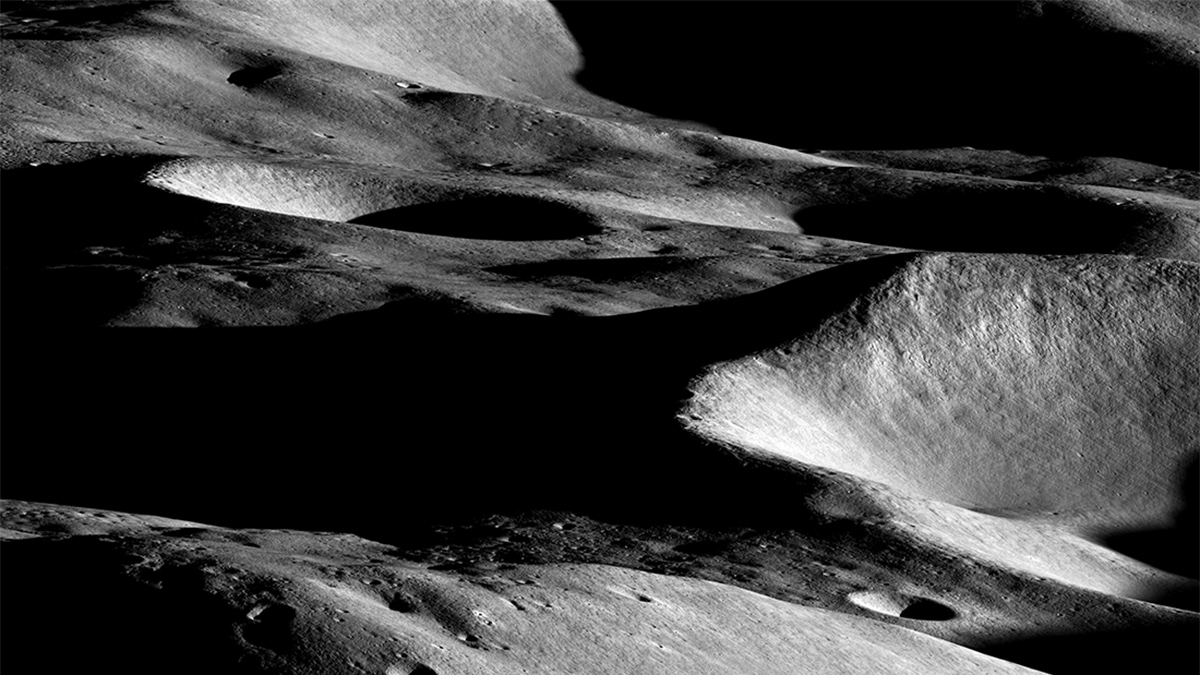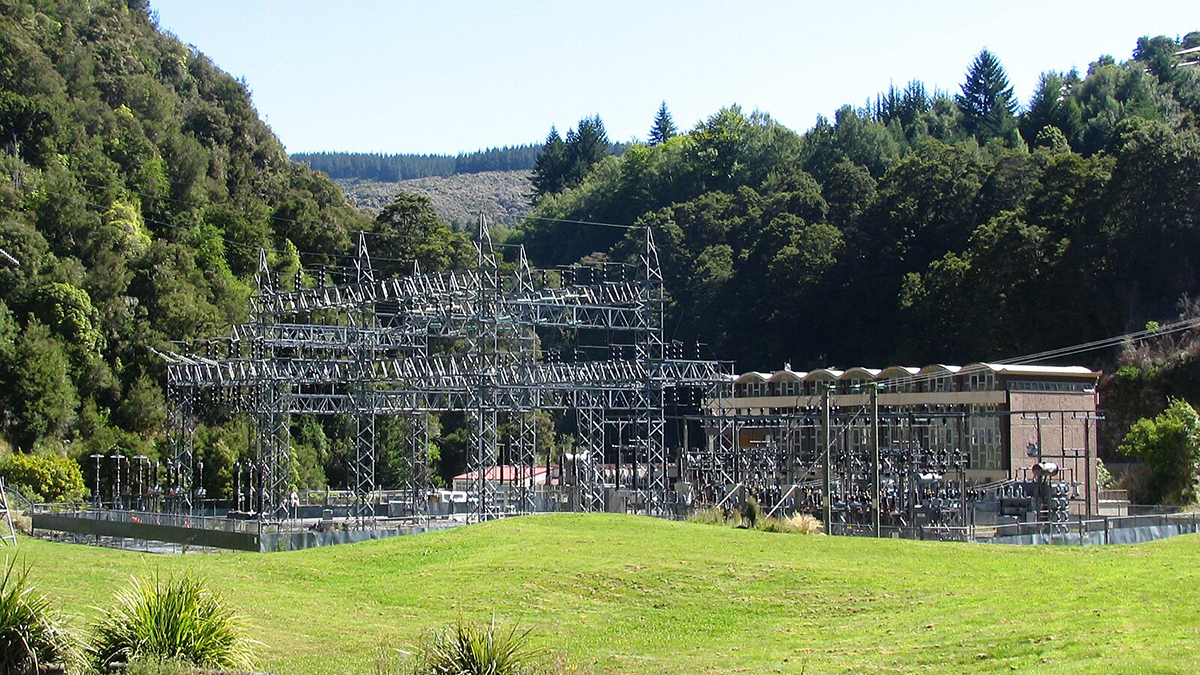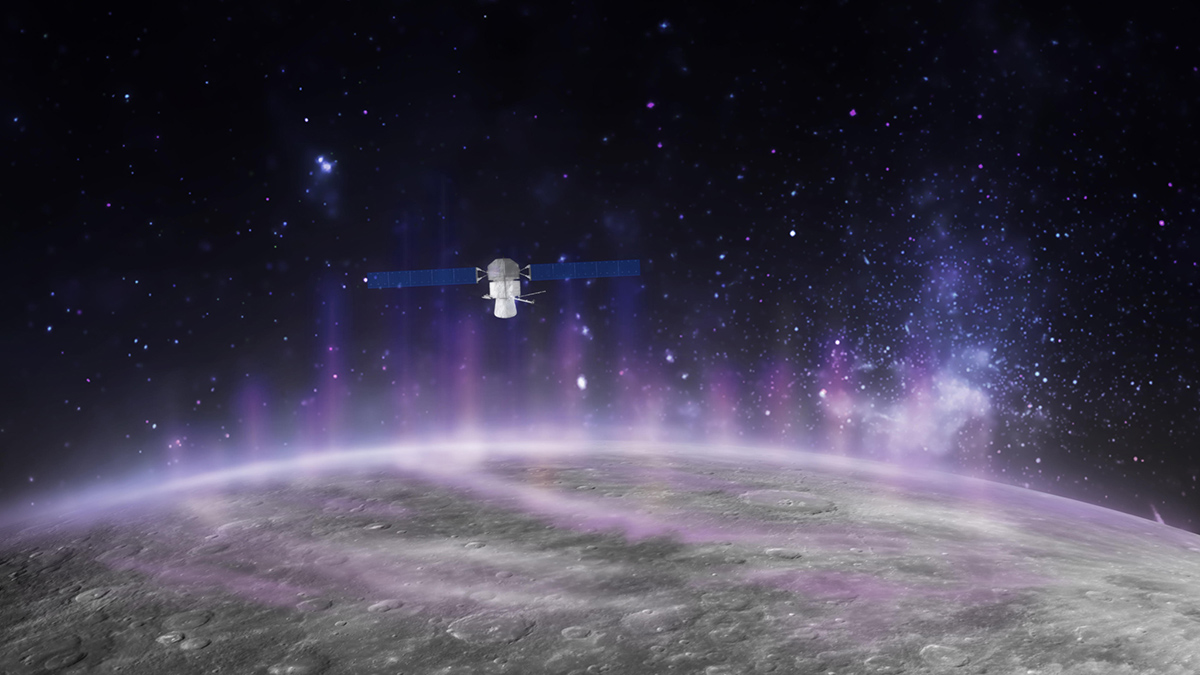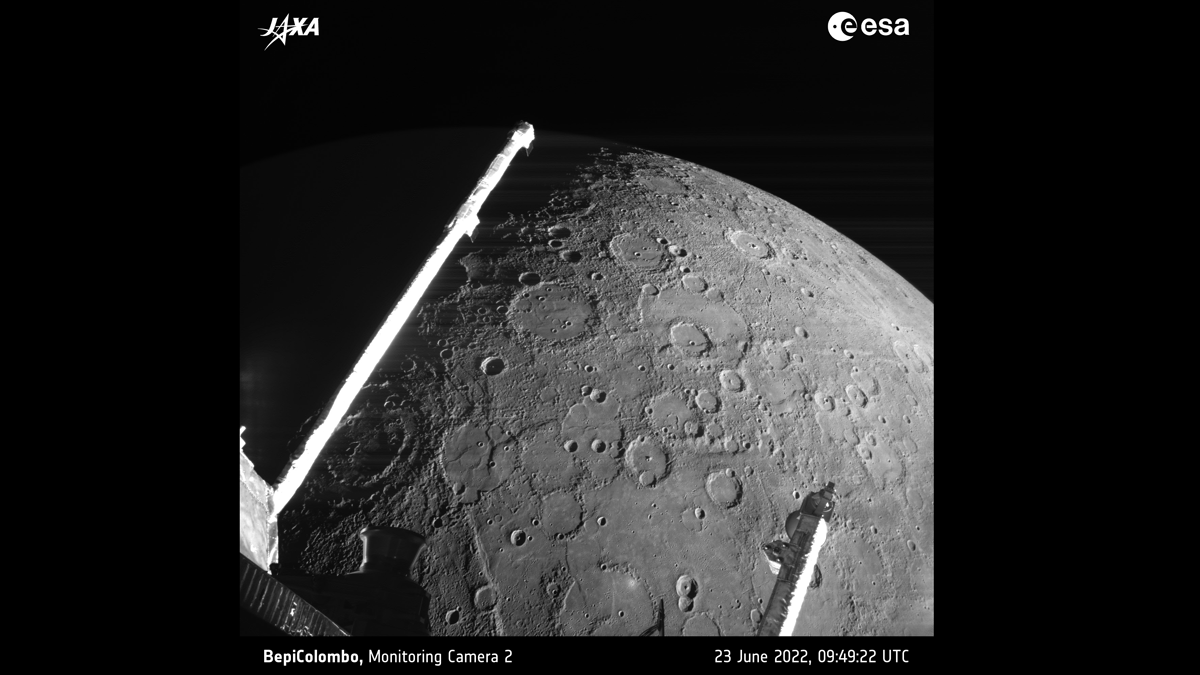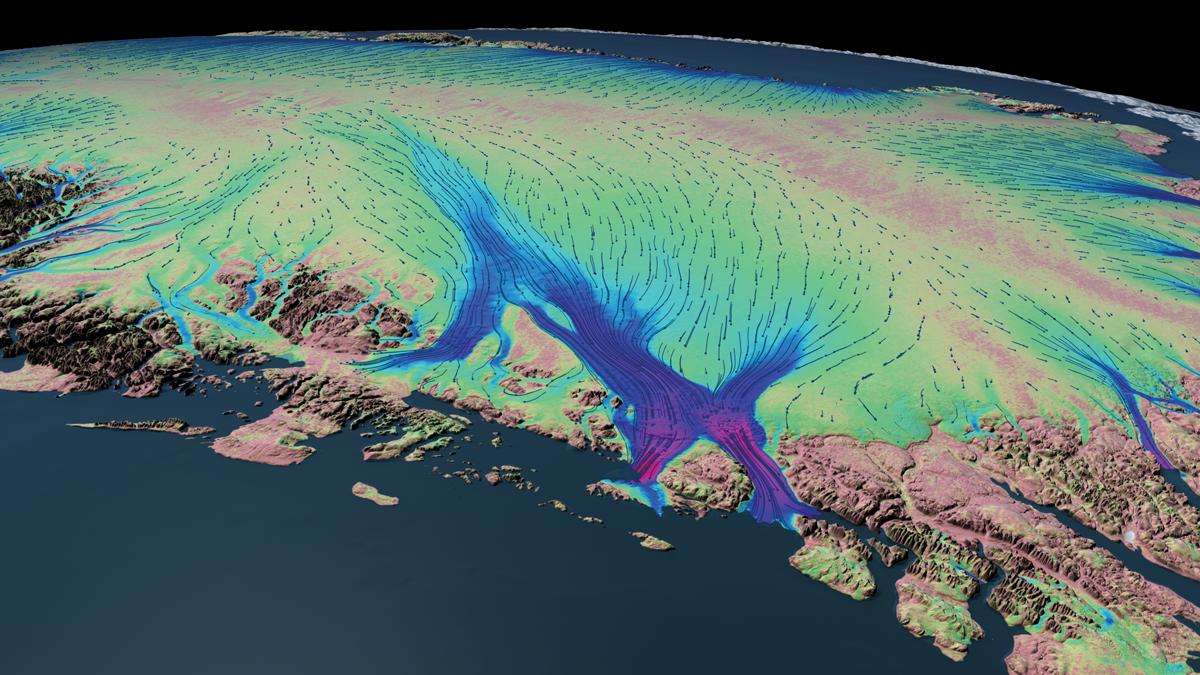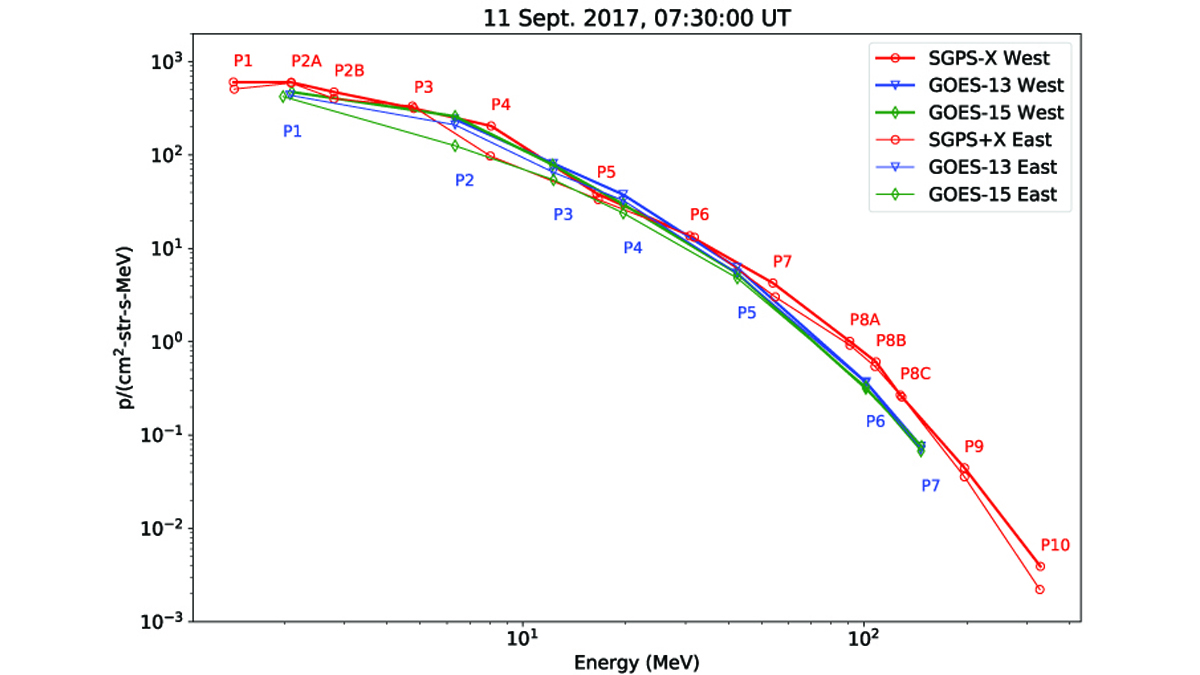Scientists are charting landing spots that offer future lunar astronauts protection from the Sun and deep space.
Space Weather
Protecting Power Grids from Space Weather
A new paper explores ways to mitigate the impact of geomagnetically induced currents on the New Zealand power grid.
Dramatic Flyby Confirms That Mercury’s Radioactive Aurora Touches the Ground
Data collected by the BepiColombo spacecraft traces the causes of the strange aurora, which course through the planet’s weak magnetosphere.
Spacecraft to Swing Past Mercury for Third Time
With each flyby, the BepiColombo mission gets another boost of energy for its eventual orbital insertion around Mercury.
Eavesdropping on the Vibrations of Earth’s Magnetic Bubble
A NASA-funded crowdsourced science project has converted the unheard sounds resonating inside Earth’s magnetic shield into audible tracks, revealing an orchestra of whistles, wooshes, and chirps.
The Fast and the Curious
Scientists get up to speed on phenomena ranging from fast moving atmospheric plasmas to a quickening glacial pace on Earth.
How Space Storms Miscue Train Signals
Geomagnetic storms could significantly disrupt electrified train operations in the United Kingdom once every few decades, according to a new study.
Next-Generation Solar Proton Monitors for Space Weather
NOAA’s weather satellites at geosynchronous orbit also measure space weather and a new series of instruments bring improved capabilities for monitoring and science discovery.
How to Assess the Quality of Space Weather Forecasts?
The assessment of space weather event forecasts would benefit from more nuanced approaches that take account of event intensities peaking near the thresholds used to identify such events.
Severe Radiation Storms Pose Health Risk to Air Travel
Simulations of radiation storm fluxes on real flight paths highlight how severe space weather could expose aircrew and passengers on busy transatlantic routes to significant radiation doses.

